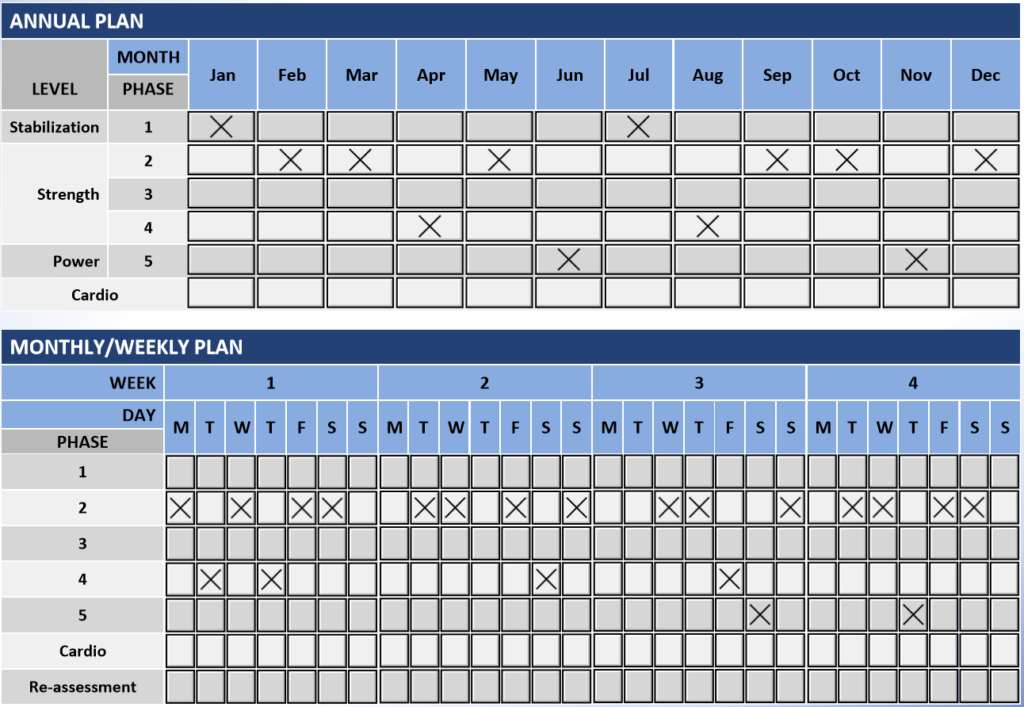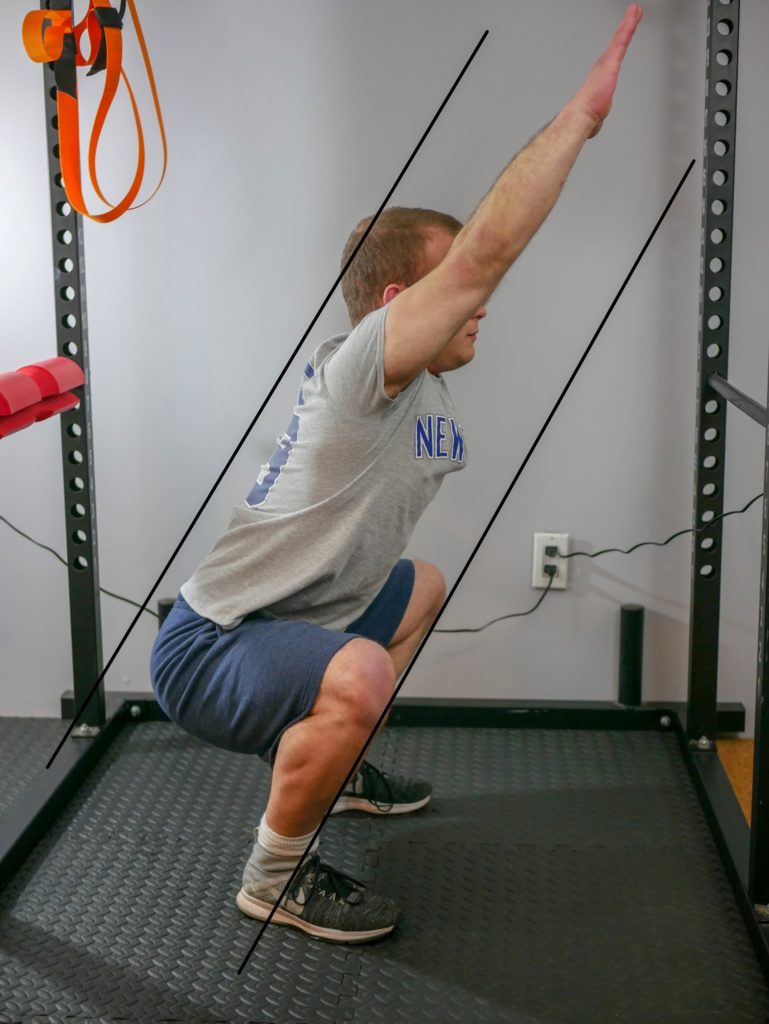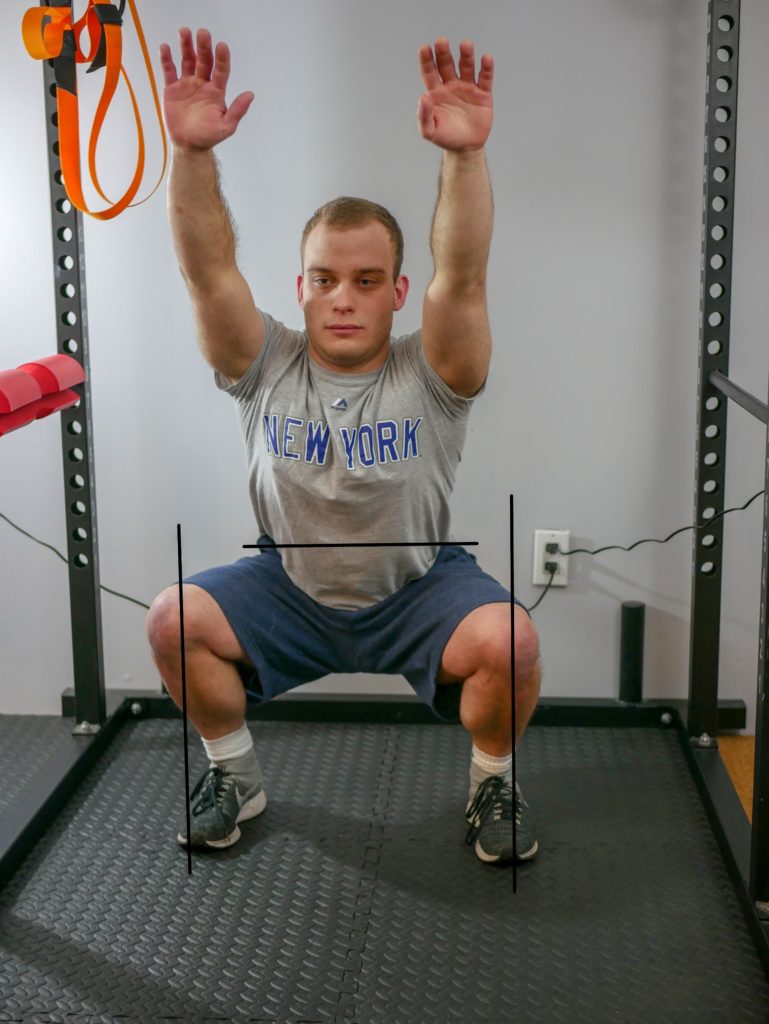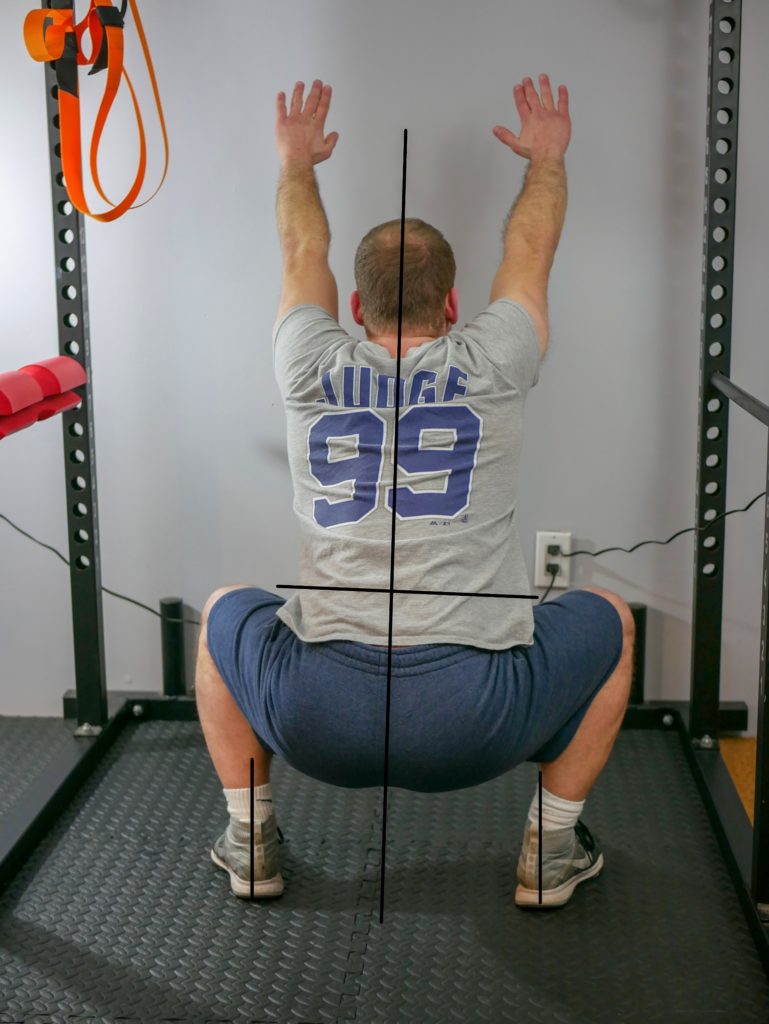
We have all experienced muscle pain. Most adults suffer from chronic muscle pain like lower back pain, neck and shoulder pain, joint pain, and tendinitis. Our hobbies, jobs, and lifestyles all contribute towards chronic pain and disorders. By understanding how our body is dysfunctional we can develop a plan to manage our conditions.
Many of the corrective exercise techniques include pain management techniques like Self Myofascial Release (SMR, foam rolling). These particular techniques can usually be performed throughout the day to reduce pain and temporarily increase flexibility.
To make sure we are choosing the correct techniques and performing them properly, we can follow a few guidelines to get started.
Let’s take a look at some fundamental steps to manage your muscle pain:
1. Perform an assessment
An assessment is a valuable tool for correcting most forms of dysfunction that might come from any number of reasons. Whether an injury has caused compensations to develop, or compensation caused an injury, both are common.
Muscle imbalances often develop surrounding joints that can be identified with an assessment. It is important to optimize a joints function for an individual. The closer we get towards restoring normal movement, the less pain we tend to see.
An assessment will help you determine which muscles are weak and inhibited and also show you which muscles you compensate with. Continuing to develop and train muscles contributing to a problem will make it worse!
There are many kinds of assessments that can meet clients specific needs to work around injury or pain. You can perform static assessments, or movement assessments and the more information you have the better!
2. Learn about your muscle imbalances

Muscles act on your joints in a relationship called a force couple. Once we understand this, we can identify the components of a muscle imbalance. In a dysfunction, we will have muscles on one side of a joint which is overdeveloped and overused, and muscles on the opposite side that are weak and inhibited.
Muscle imbalances work their way around the whole body and are often categorized appropriately.
Head and neck imbalances might be conditions such as forward head posture, hyperextended neck, head rotational issues, shoulder elevation on one side, etc.
Upper body muscle imbalances might include upper crossed syndrome, forward rounded shoulders, hyperextended thoracic spine. Basically, muscle imbalances manifest as a deviation in some direction from normal posture.
Lower body muscle imbalances might include hyperextended lower back, the opposite (lower back rounds), an asymmetrical hip shift in either direction as well as rotation issues at the hips.
Feet and lower limb imbalances might include flat foot, the opposite (foot eversion), knock knees (knee valgus), pronation distortion syndrome.
Hands and wrist imbalances cause various pain-related conditions like elbow tendinitis, carpal tunnel, various forms of elbow problems that can work their way up the shoulder.
3. Figure out what corrective exercises to use

Corrective exercises are meant to correct specific imbalances. Once you perform an assessment you should understand which muscles are weakened or inhibited. It can be challenging to activate these muscles. If you were to look in the mirror, often you would be surprised at what your body is doing. Often your proprioception, or body awareness, is off with a muscle imbalance.
Corrective exercises isolate and activate a muscle, and therefore must be performed correctly. It’s important to establish a mind-muscle connection with the muscle you are training, and often this is the only way to perform the exercise properly.
If you are suffering from a hip-related muscle imbalance, for instance, it’s likely that there are glute imbalances at play. Hamstrings tend to take over the function of the glutes and it becomes difficult to squeeze and activate them in exercises.
Performing a corrective exercise in a higher rep range, such as 12-15, is a good idea to develop foundational strength in an inhibited muscle. This will also help engrain the movement pattern and give plenty of tension isolated in the target muscle.
It’s important to differentiate between muscle fatigue and the burning sensation associated with it, and bad pain that might be causing injury. Don’t perform exercises with sharp pain, stabbing pain, numbness or throbbing. Don’t fight the pain, listen to your body.
4. Construct a plan

Because there are so many corrective exercises to choose from, people will go overboard. Although you could probably construct an entire program comprised of just muscle imbalances, this isn’t often practical.
If you are an athlete or have a particular exercise program you would rather not deviate from, corrective exercises can be an additive to include. Corrective exercises performed in the proper rep ranges would probably be of moderate intensity and therefore not likely to overtrain the individual.
Making an exercise plan can be an infinitely complicated task, but the best plan should be dynamic and adjust to the progress of the individual. Everyone might respond to different exercises at different rates, and therefore their needs will constantly change.
5. Reassess and maintain

Considering the dynamic nature of the body and its response to exercise, reassessing regularly is important.
As we said, a good exercise program will evolve with the needs of the athlete, and it’s likely that muscle imbalances will begin to improve and resolve completely. It’s not uncommon for someone to overcorrect an imbalance, working into the opposite dysfunction!
Every few weeks, perform an assessment to help monitor your progress. Decrease the volume of corrective exercise according to your results, and also aim to optimize your programming to be well rounded enough to avoid further muscle imbalances.
As you resolve your muscle imbalances, more complex movements can be performed, and your training can progress unlike ever before!







I like how you mentioned that lower back, neck, shoulder, and joints are some of the most common types of pain that adults suffer from. My older brother is thinking of looking for a neurosurgeon because he’s thinking about getting help with some neck pain that’s he’s been dealing with after getting into a car accident last year. I think it’s a good idea to consider going to a reputable professional that can help get his mind and body back in good shape so he can be healthy again.